External intercostal muscles
External intercostal muscles are eleven in number on both sides.
origin:
Lower border of ribs.
Insertion :
Upper border of rib below.
Nerve:
intercostal nerves.
Actions:
Inhalation.

External intercostal muscles are eleven in number on both sides.
origin:
Lower border of ribs.
Insertion :
Upper border of rib below.
Nerve:
intercostal nerves.
Actions:
Inhalation.
Physiotherapist , Samarpan Physiotherapy Clinic, Vastral, Nirant Cross Road, Ahmedabad
Home Visit Treatment Also Available in Bapunagar Vastral Rabari Colony Char Rasta, CTM, Maninagar , Viratnagar , Nikol Nava Naroda And NearBy Area Of Ahmedabad.
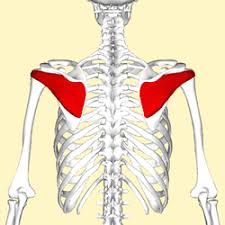
Muscle details : The infraspinatus muscle is a thick triangular muscle, which occupies the chief part of the infraspinatous fossa. It is one of the muscles of rotator cuff. Origin : It originates from the medial two -thirds of the infraspinous fossa of the scapula . Insertion : It inserts into the middle impression on…
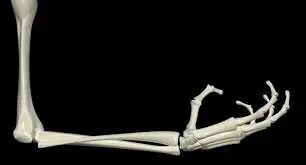
Introduction A human arm is composed of three bones, namely – the humerus, ulna, and radius. The human arm is an essential component that allows movement along the shoulder, elbow, wrist, and fingers, which is helpful for daily tasks. The humerus, ulna, and radius are the three bones that make up an arm in humans….
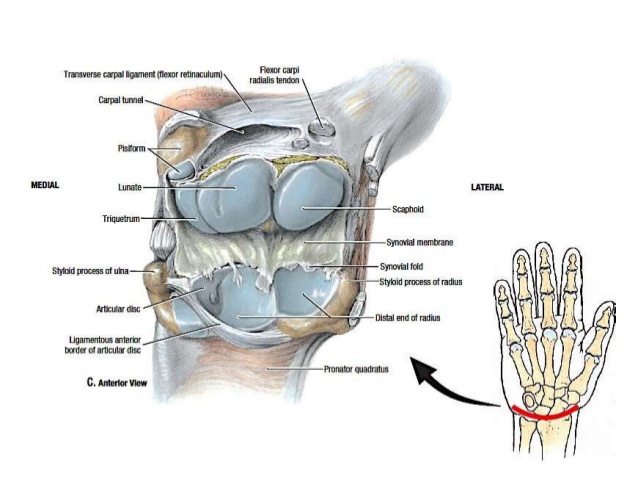
Introduction The wrist joint is the joint where the hand and forearm meet. The wrist joint is made up of small bones called carpals, which are held together by ligaments, tendons, and muscles. The wrist joint is a complex joint that allows for a wide range of motion. The wrist joint is also the starting…
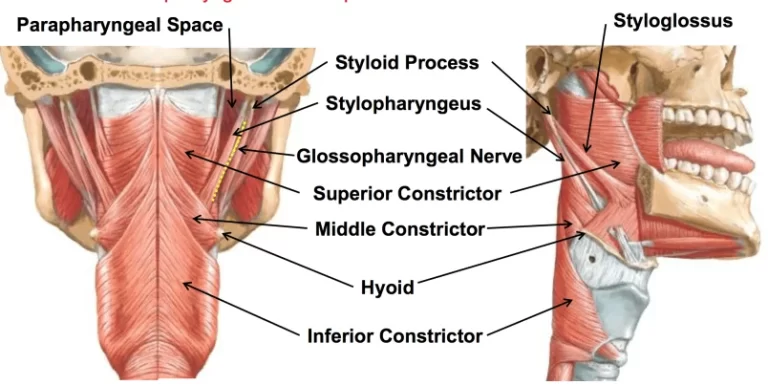
Stylopharyngeus Muscle Anatomy The stylopharyngeus muscle is a long, slender muscle located in the pharynx, which is the muscular tube connecting the nasal and oral cavities to the larynx and esophagus. The stylopharyngeus is a muscle in the head that stretches between the temporal styloid process and the pharynx. The stylopharyngeus is a long, slender…
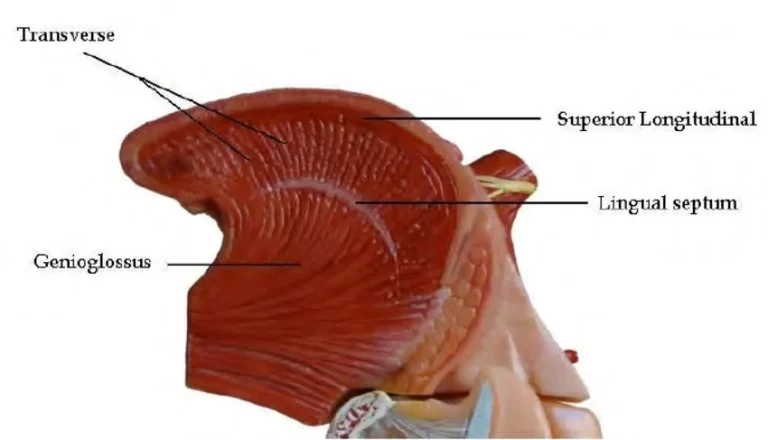
Superior longitudinal muscle of tongue Anatomy The superior longitudinal muscle is one of the intrinsic muscles of the tongue. It is responsible for various movements and changes in the shape of the tongue. The tongue is primarily composed of skeletal muscle, and the intrinsic muscles are responsible for its fine motor movements. origin : Insertion:…
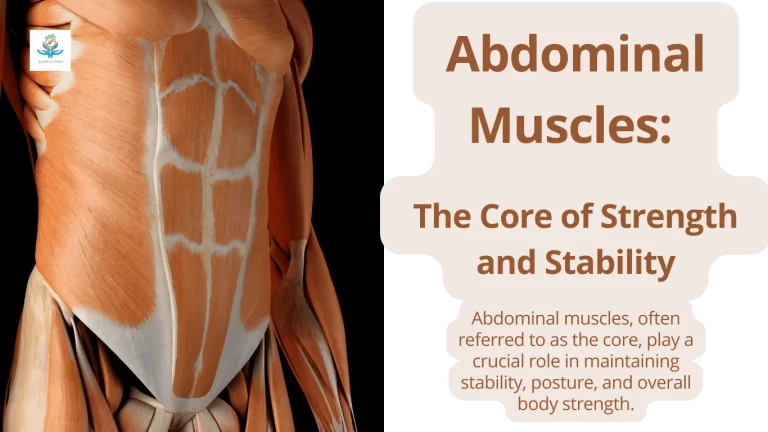
Introduction The abdominal muscles are the muscles forming the abdominal walls, the abdomen being the part of the trunk connecting the thorax and pelvis. An abdominal wall is formed by the skin, fascia, and muscle and encases the abdominal cavity and viscera. The abdominal muscles help to support the trunk, allow movement, hold organs in…